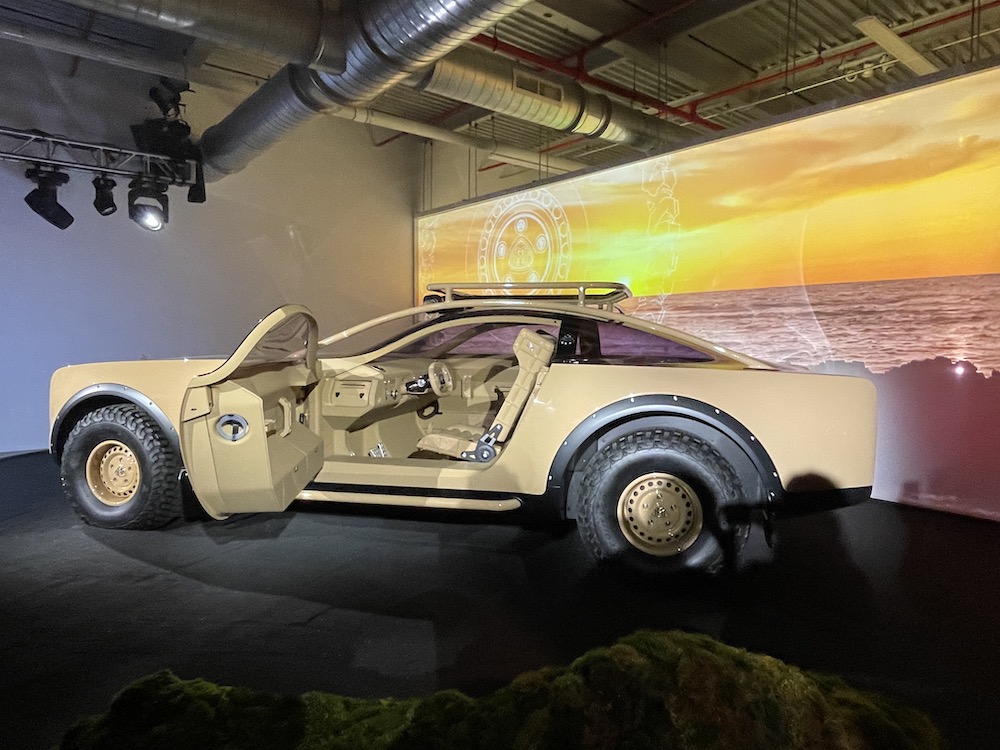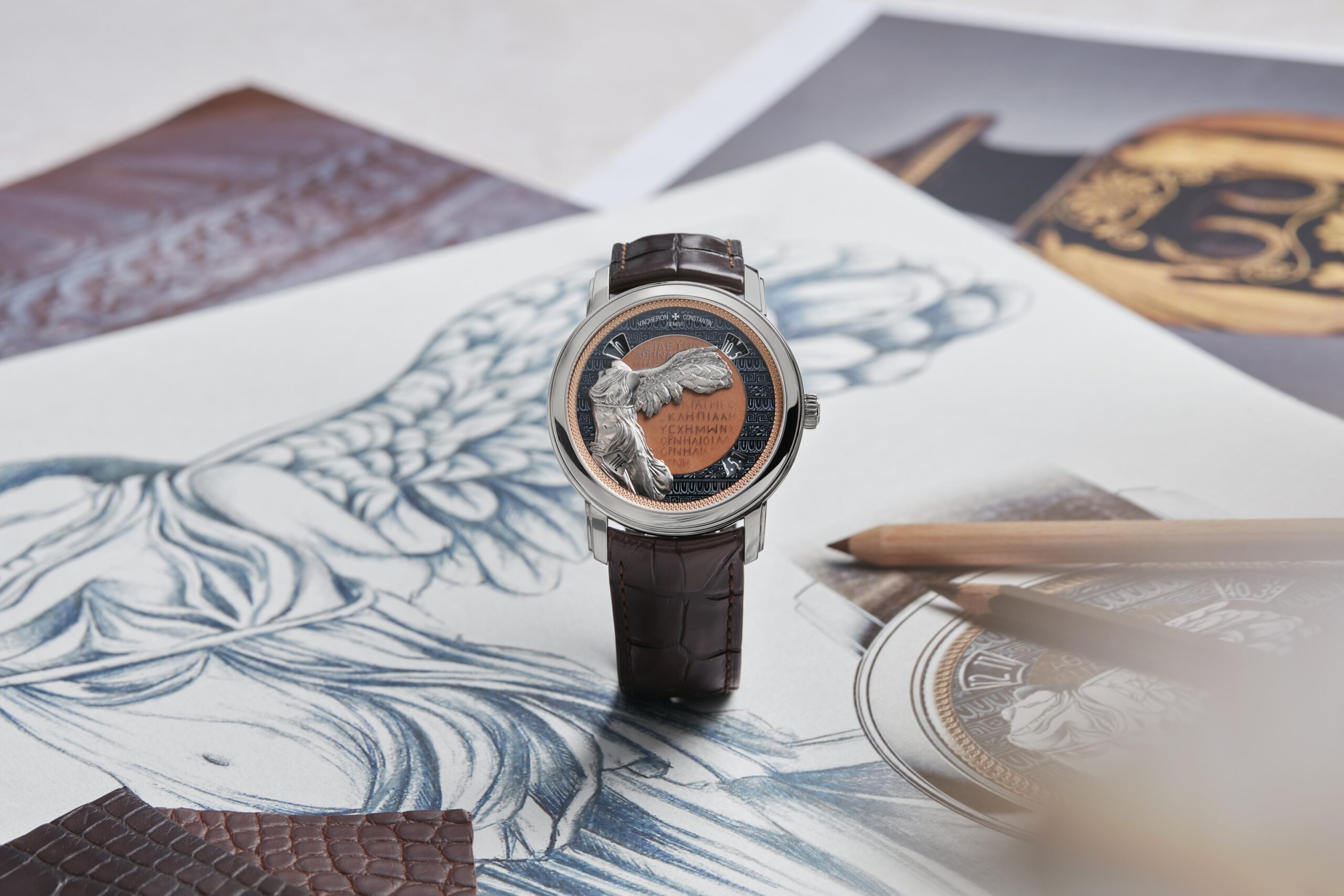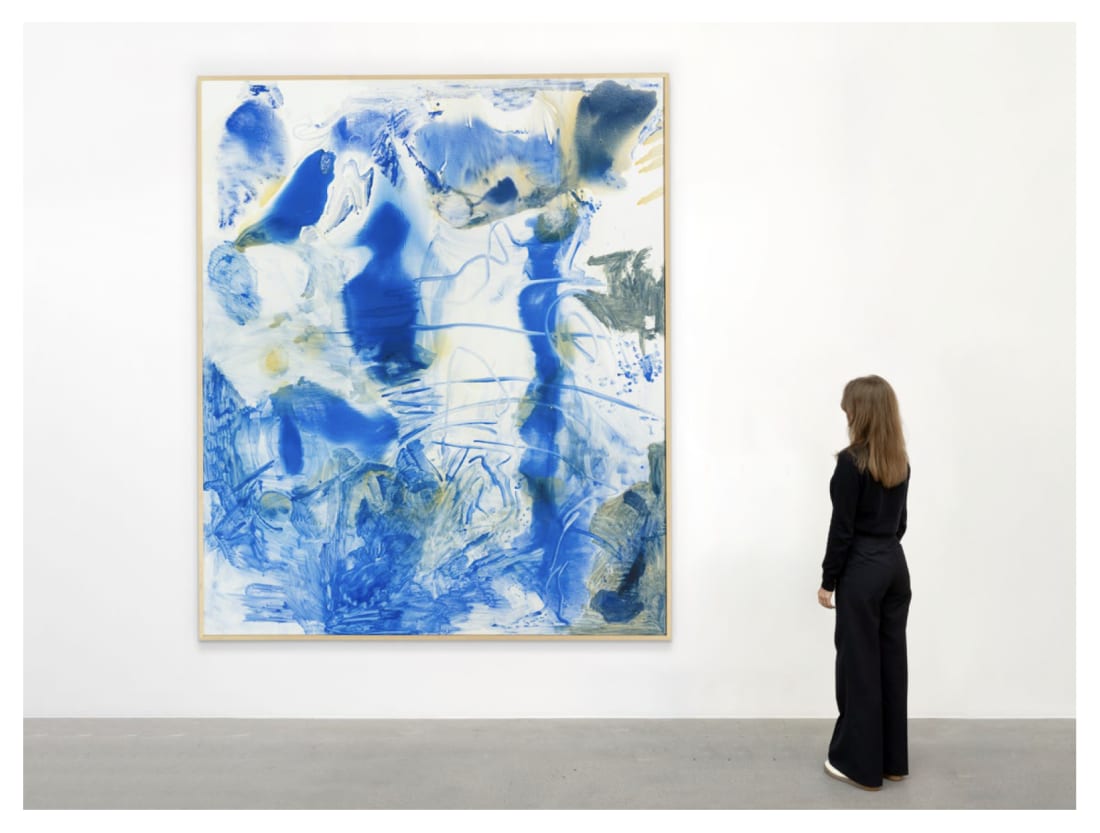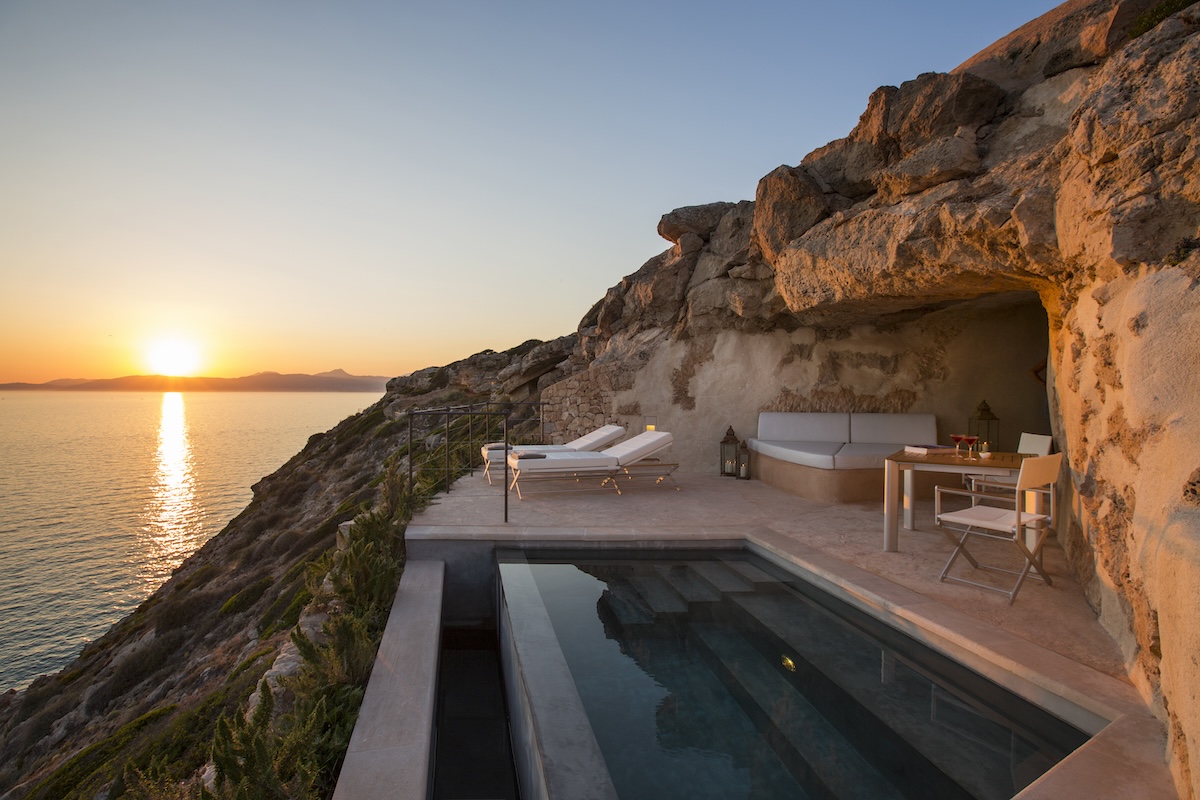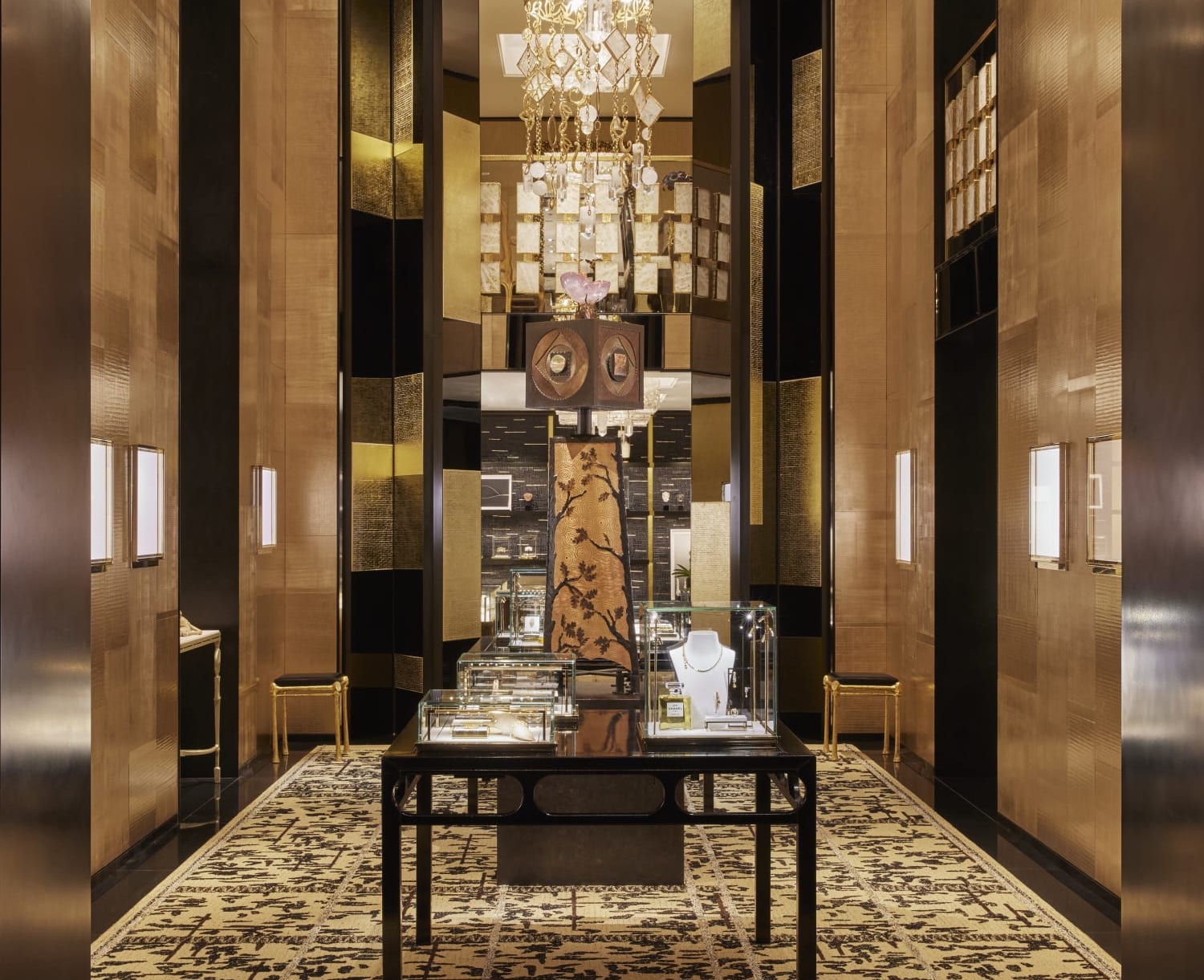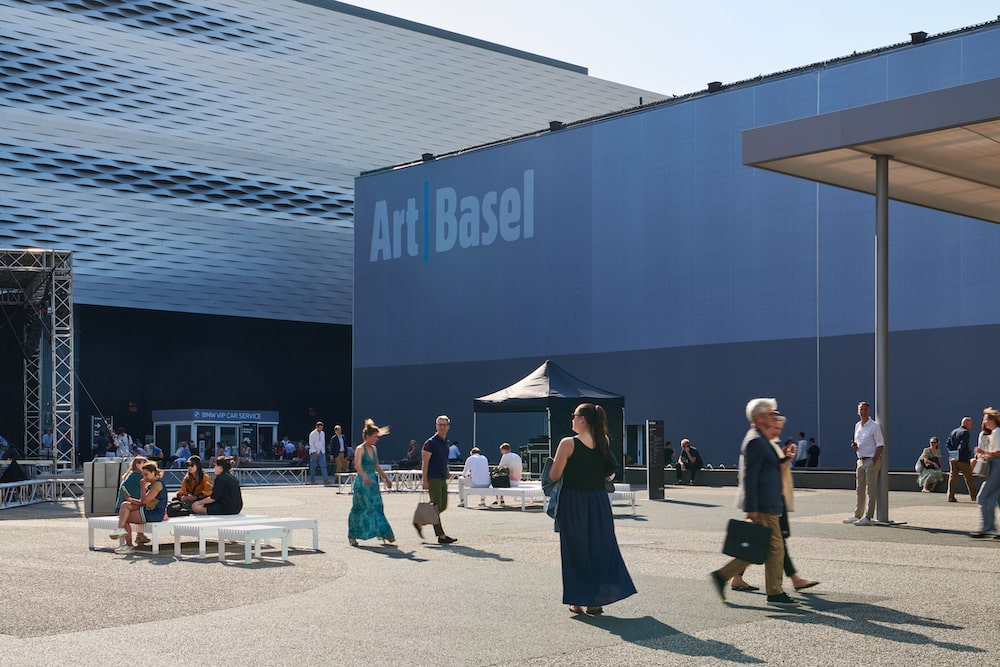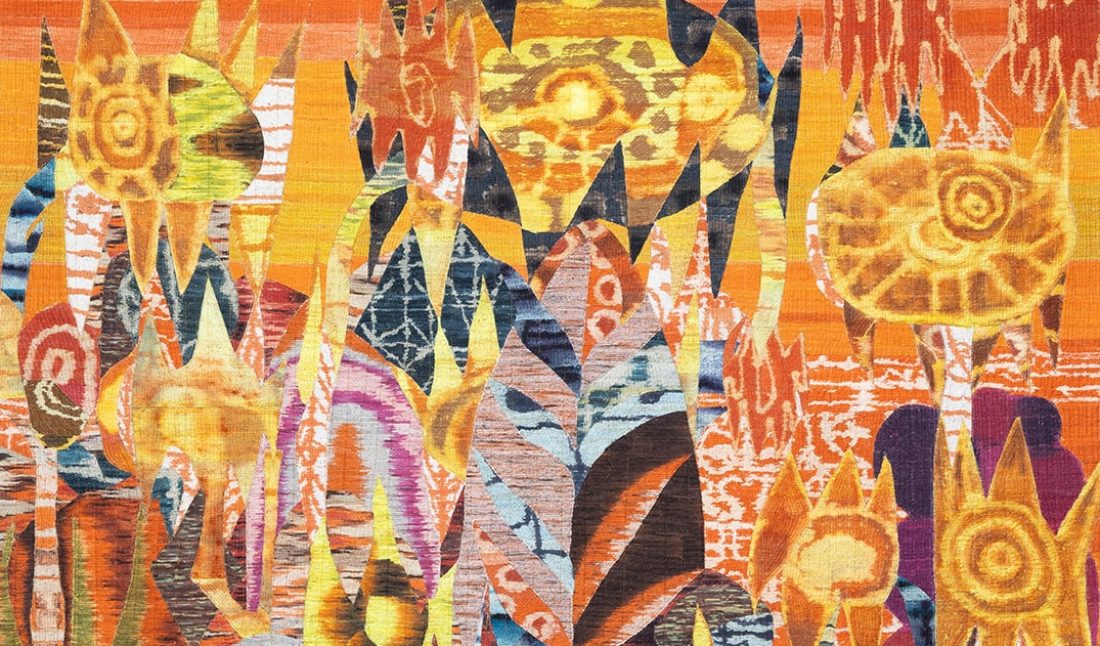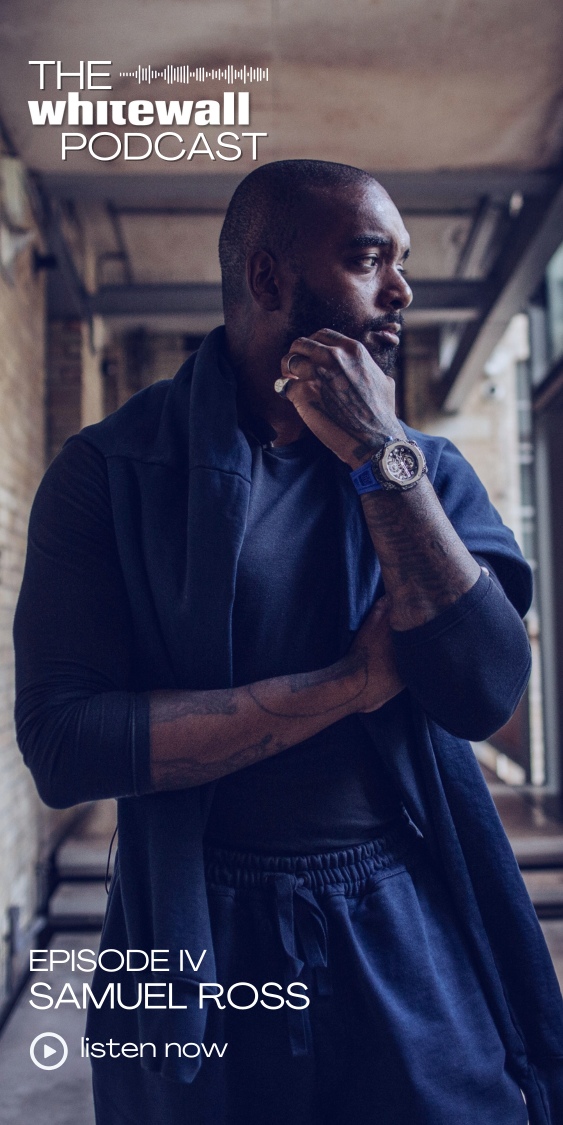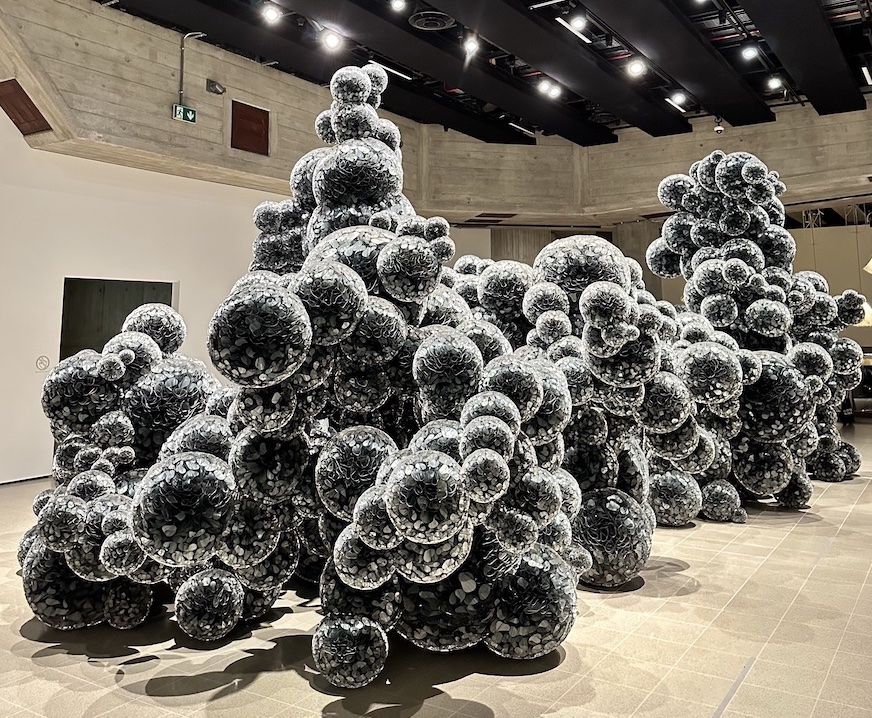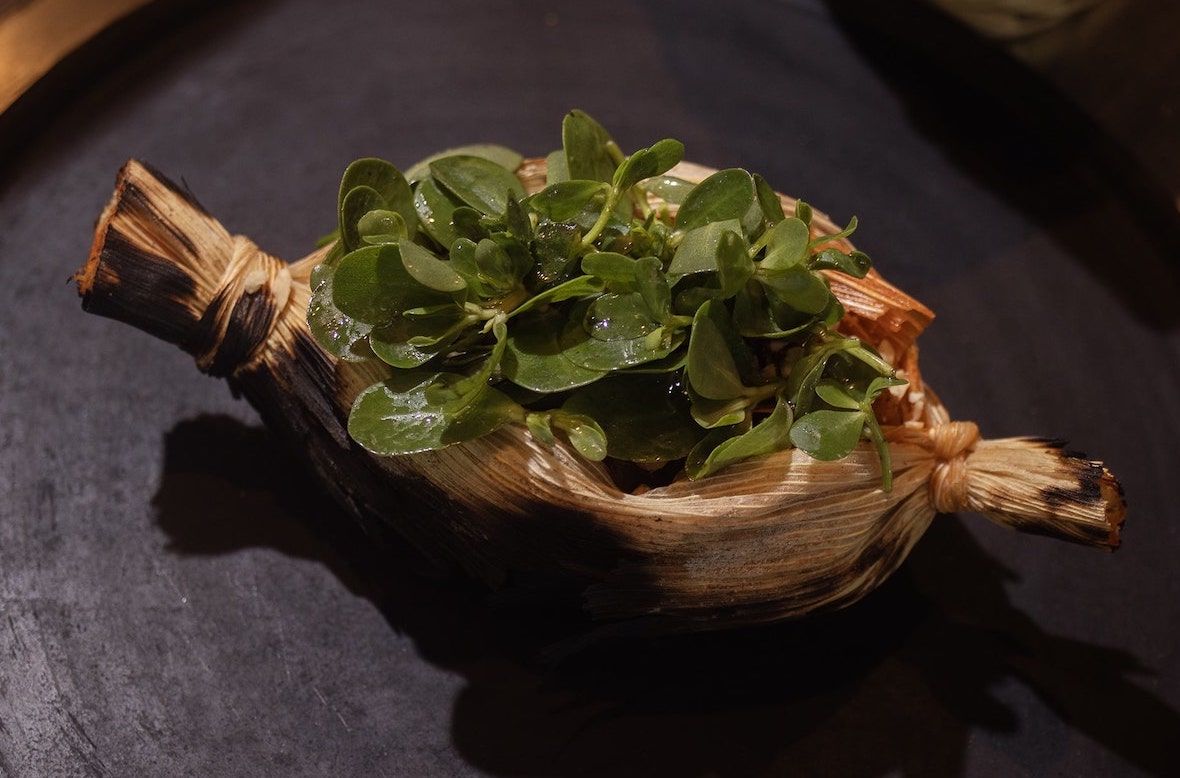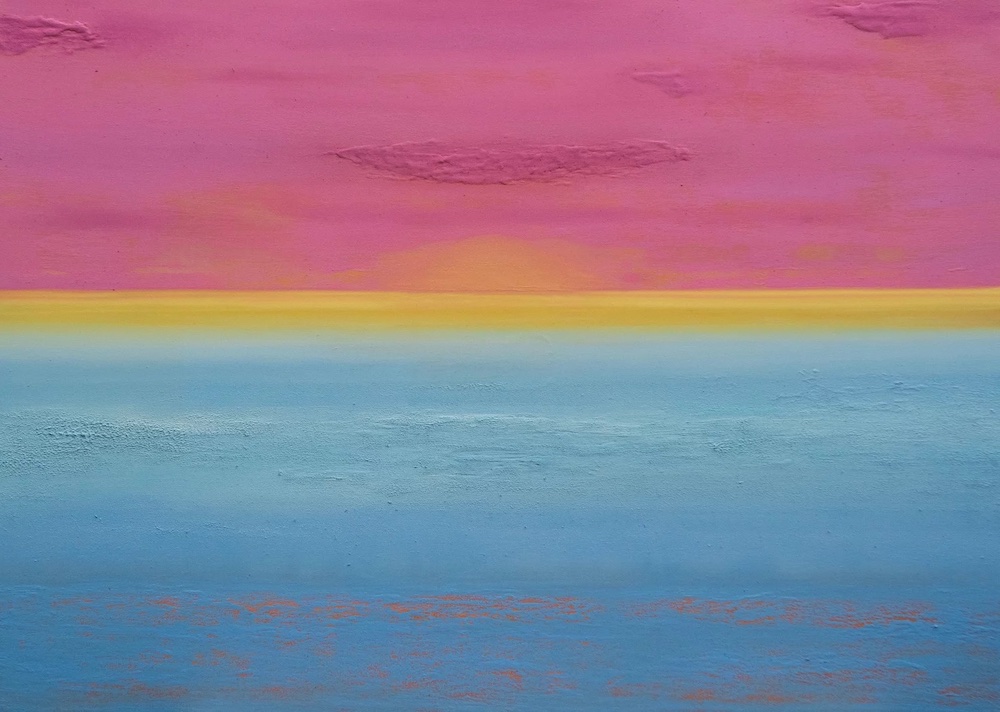“Trends come and go, but the city keeps moving,” says Yann Gerstberger, standing in the concrete courtyard of OMR Gallery in Roma Norte, Mexico City, the night before the opening of “2 FEET IN 1 BUCKET OF ICE.”
This is the French-born, Mexico-based artist’s first solo show at OMR since 2019, and he’s arrived with a clean aesthetic, raw walls, and renewed confidence.
Yann Gerstberger Develops a Personal Visual Language
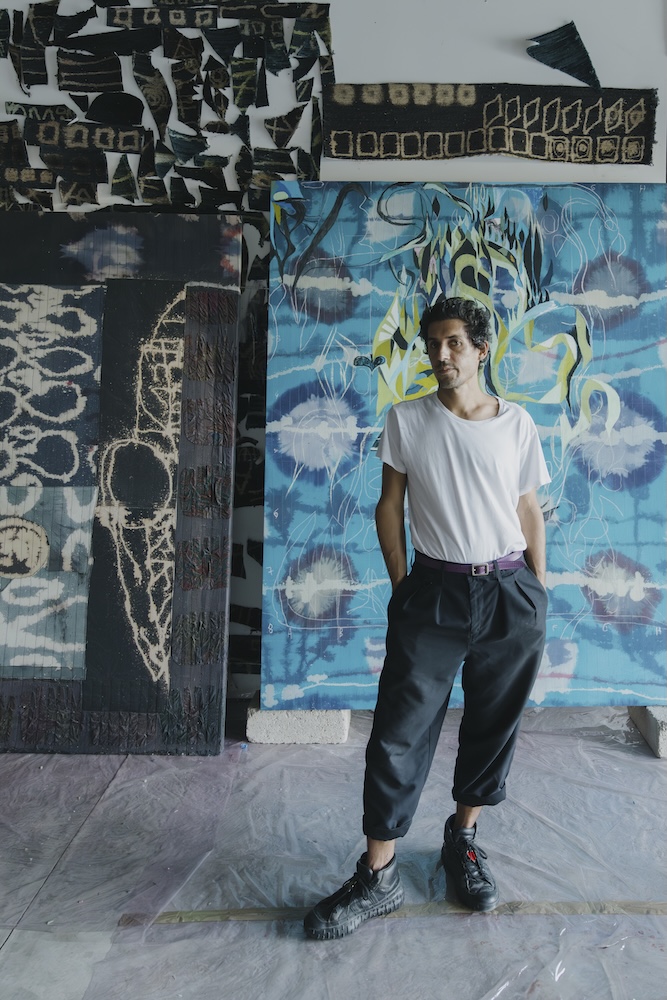 Portrait of Yann Gerstberger, 2025, photo by Davis Gerber.
Portrait of Yann Gerstberger, 2025, photo by Davis Gerber.
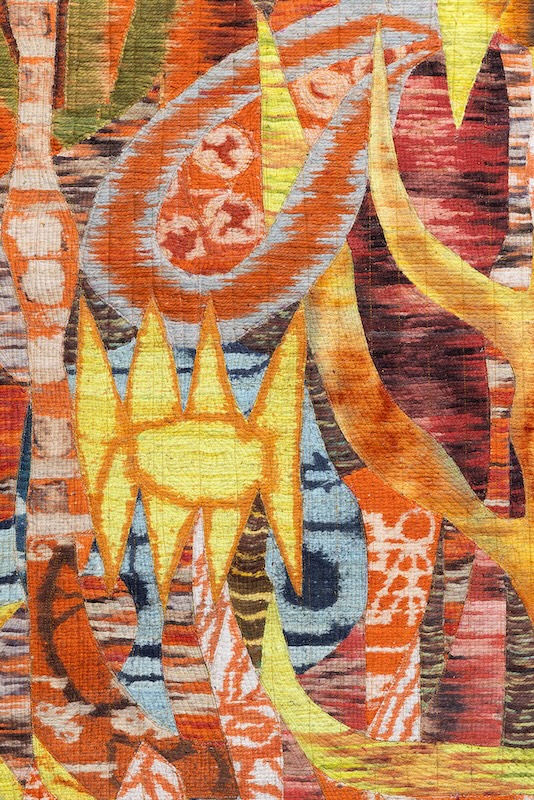 Yann Gerstberger,
“Girasoles,” 2025,
Textile collage,
110 1/4 x 94 1/2 in,
280 x 240 cm; Courtesy of the artist and OMR, Mexico City. Photos by Davis Gerber © 2025.
Yann Gerstberger,
“Girasoles,” 2025,
Textile collage,
110 1/4 x 94 1/2 in,
280 x 240 cm; Courtesy of the artist and OMR, Mexico City. Photos by Davis Gerber © 2025.
“In the beginning, my work celebrated traditional Mexican crafts quite literally,” he said. “Over time, I developed a more personal visual language—moving more toward painting while still incorporating traditional and popular craft techniques. I feel that now, I have more control over my images. They look more like paintings rather than tapestries, at least to me.”
“I feel that now, I have more control over my images,”
Yann Gerstberger
Revisiting his earlier works, the shift from direct influences to something more introspective becomes clear—his process now feels more like a stream of consciousness. His first exhibition at OMR, “A Mangrove at Dusk,” invited interaction with chalk-covered walls that allowed viewers to engage with the artwork and observe the intricacies of its creation.
Offering a Clean and Contemporary Statement at OMR
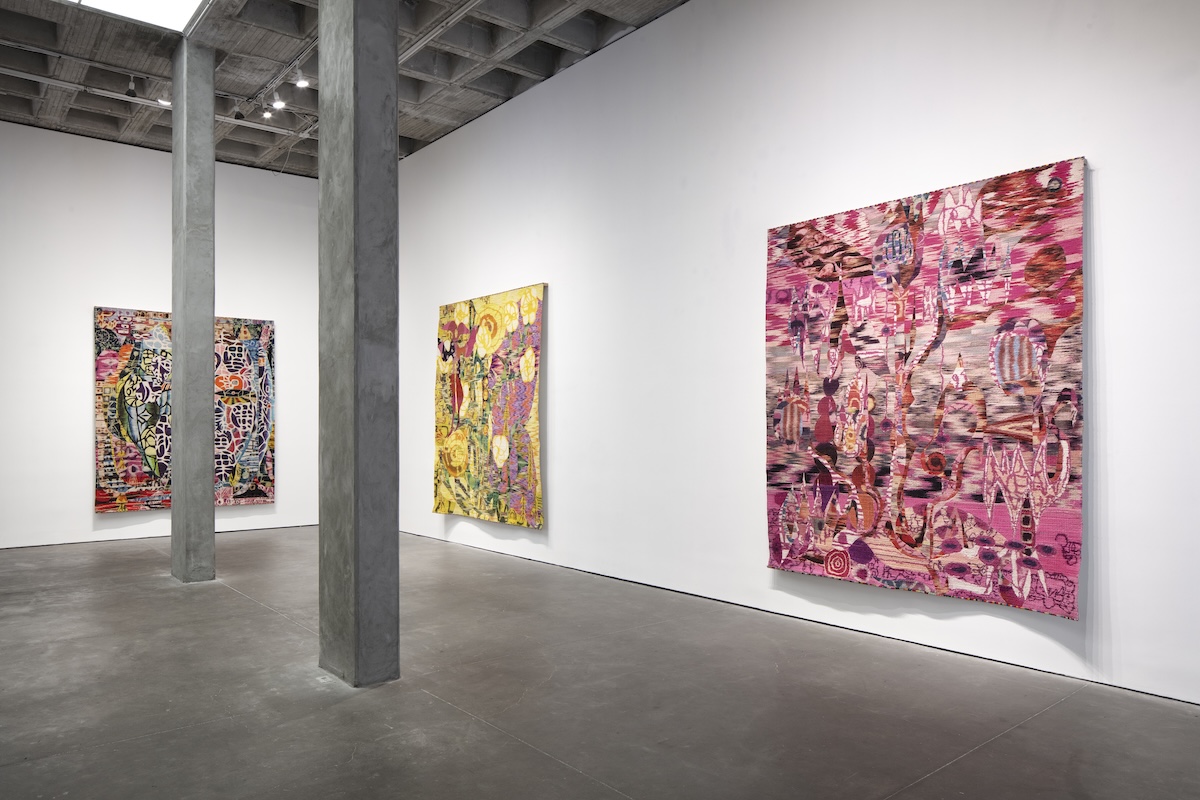 Installation view of Yann Gerstberger, “2 Feet in 1 Bucket of Ice,” OMR, February 2025.
Courtesy of the artist and OMR, Mexico City. Photos © Ramiro Chaves.
Installation view of Yann Gerstberger, “2 Feet in 1 Bucket of Ice,” OMR, February 2025.
Courtesy of the artist and OMR, Mexico City. Photos © Ramiro Chaves.
“It’s somewhere between tapestry and painting—but it’s neither,”
Yann Gerstberger
This latest show, however, presents six stark textile hangings—serious, almost ominous in tone. “I used to create installations—sculptures, wall paintings, tapestries, and even actual paintings. But this time, I decided to go classic. I felt the need for a more formal statement, something cleaner, more contemporary,” said Gerstberger. “But the foundation remains the same. I dye raw polyester and cotton—materials typically used for mops, which I buy by the kilo at the market. Then, we create colorful backgrounds. I layer these using industrial sprayers filled with pigments, almost like graffiti. It’s somewhere between tapestry and painting—but it’s neither, because I don’t use a loom or a brush.”
The result is an almost quilt-like impression, a soft collage that feels like a meditation on memory. His work blends folk art traditions, graffiti, formalist aspects of shapes, and evocative imagery, often reminiscent of pre-Columbian symbolism. Some might even draw a parallel to Huichol art. And yet, Gerstberger’s visual language is entirely his own—a means of processing and expressing the world around him.
Yann Gerstberger’s Clarity and Contemplation Reflected in New Works
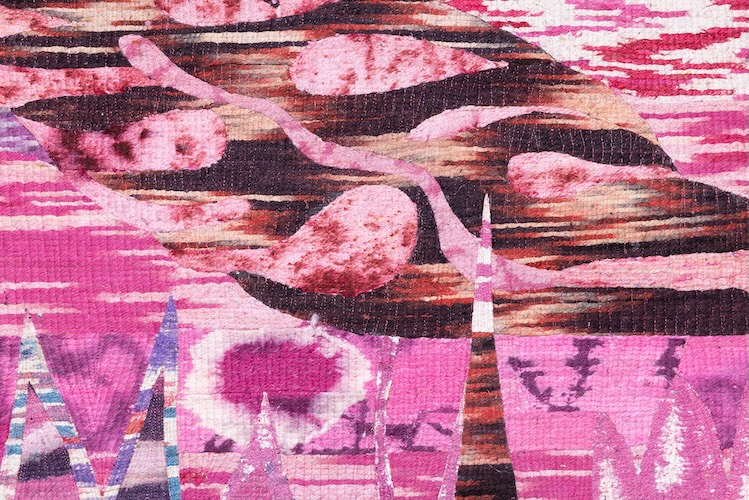 Yann Gerstberger, “Automatic,” 2025,
Textile collage,
110 1/4 x 94 1/2 in,
280 x 240 cm; Courtesy of the artist and OMR, Mexico City. Photos by Davis Gerber © 2025.
Yann Gerstberger, “Automatic,” 2025,
Textile collage,
110 1/4 x 94 1/2 in,
280 x 240 cm; Courtesy of the artist and OMR, Mexico City. Photos by Davis Gerber © 2025.
When asked about the exhibition’s title, he turns the question back: “What does it make you feel?” He then explains, “My psychologist once told me to put my feet in very cold water when I was anxious. The shock forces your brain to disconnect from fear—almost like the cold is pulling the anxiety out of you. For me, it creates a kind of blankness, a state similar to what I reach through meditation.”
This clarity is reflected in his new works—a distilled version of his style, calm and contemplative, yet layered with many voices. “Art does the same thing,” he continues. “It helps me regulate myself, stay focused, and feel centered. I’m naturally indecisive, but making art gives me a sense of certainty. It’s one of the few things in life I feel absolutely sure about.”
An Ever-Evolving Pillar of the Mexico City Art Scene
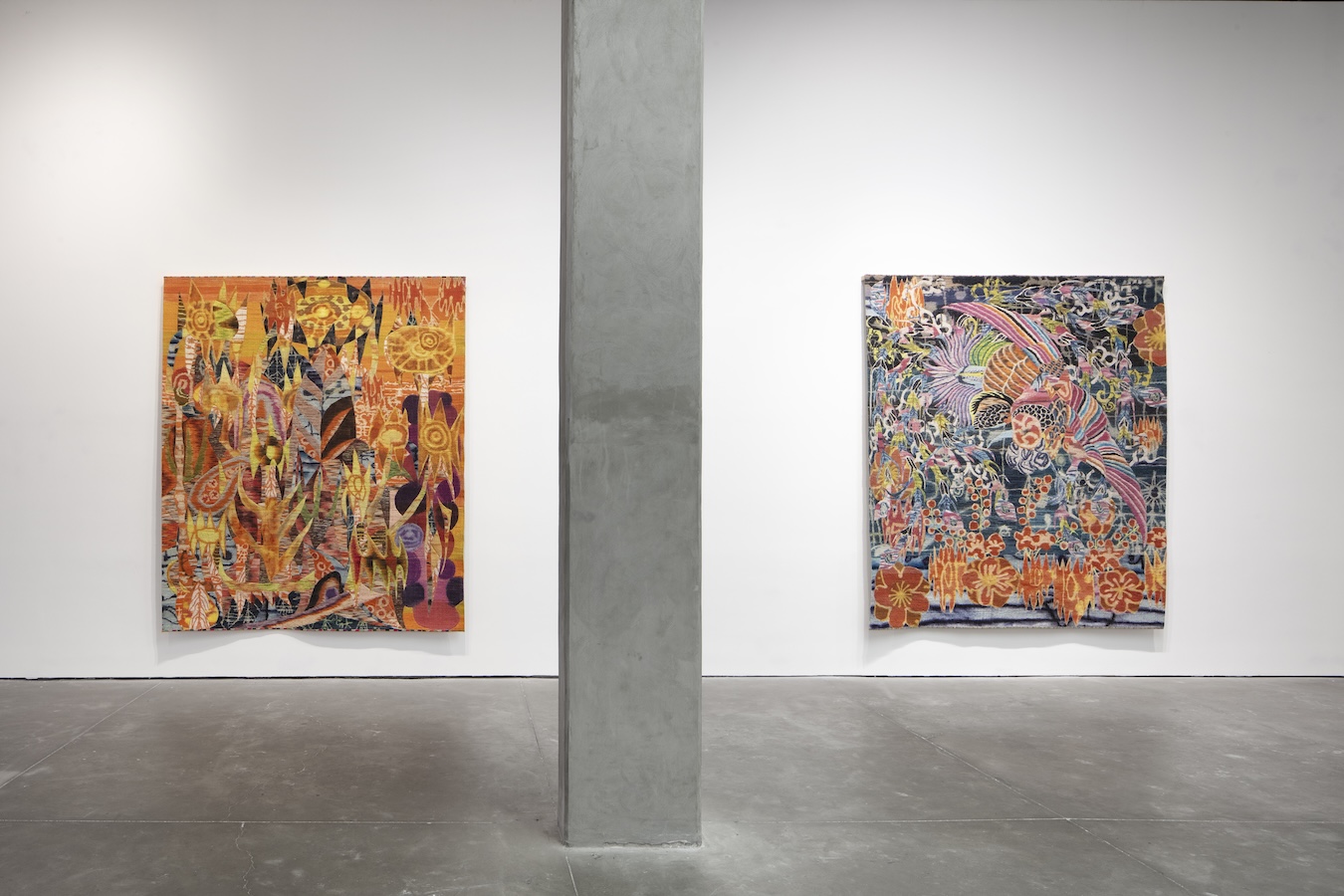 Installation view of Yann Gerstberger, “2 Feet in 1 Bucket of Ice,” OMR, February 2025.
Courtesy of the artist and OMR, Mexico City. Photos © Ramiro Chaves.
Installation view of Yann Gerstberger, “2 Feet in 1 Bucket of Ice,” OMR, February 2025.
Courtesy of the artist and OMR, Mexico City. Photos © Ramiro Chaves.
Having been part of Mexico City’s art scene for nearly 13 years, Gerstberger is now a fixture of its contemporary landscape. He first arrived as a backpacker and never left. Today, he splits his time between the capital and the Pacific coast, where he recently built a new studio. It was there that this latest exhibition took shape—almost like a recycling project. Using scraps from previous series, he organized them by color—blue, orange, pink, yellow—and from those palettes, he built the tapestries.
“I’m naturally indecisive, but making art gives me a sense of certainty,”
Yann Gerstberger
As an artist who has spent over a decade in Mexico, Gerstberger has witnessed firsthand the city’s evolution as a global arts hub. With Mexico City’s Art Week growing larger each year and drawing increasing international attention, he acknowledges his own role as a foreigner in this space.
“There are so many voices at once that it’s hard to distinguish—it just is,” he says, letting the statement linger. Whether the boom is just another trend or part of something more lasting remains to be seen. But in the meantime, Gerstberger’s latest work is a testament to his steady presence and quiet reinvention within the city’s ever-moving creative landscape.
